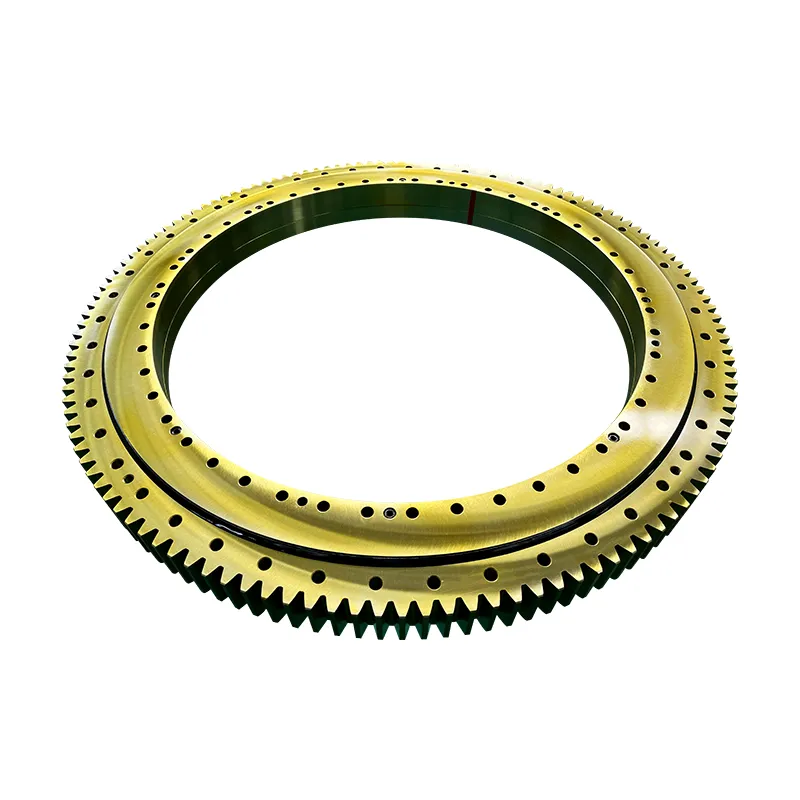Replacing a double-row ball slewing bearing is a complex and critical procedure that typically requires specialized knowledge, equipment, and adherence to manufacturer guidelines. It’s not a DIY job for most individuals, especially given the heavy machinery and safety implications involved.
This is a general overview, and you MUST consult the specific manufacturer’s manual for your equipment and bearing model for precise instructions and safety protocols.
Double-row Ball Slewing Bearing Replacement

I. Pre-Replacement Assessment and Preparation:
Safety First:
Disconnect Power: Ensure the machinery is completely de-energized and all power sources are locked out/tagged out.
Secure the Load: If the bearing supports a structure (e.g., crane boom, excavator arm), secure it properly to prevent accidental movement.
Personal Protective Equipment (PPE): Wear appropriate PPE, including hard hat, safety glasses, gloves, and steel-toed boots.
Stable Position: Ensure the entire machine is in a stable position before starting any work.
Assessment of Existing Bearing:
Thoroughly inspect the old bearing for signs of wear, damage, corrosion, or any other issues that might have led to its failure. This can provide insights into potential root causes.
Check for loose bolts, seal integrity, and any abnormal noises or movements.
Gather Necessary Tools and Equipment:
Heavy-duty lifting equipment (cranes, forklifts, hoists).
Torque wrenches (calibrated for high torque values).
Specialized tools for removing and installing large bolts.
Feeler gauges for checking flatness and gaps.
…
For more information on how to replace double row ball slewing bearings, please click here:https://www.mcslewingbearings.com/a/news/double-row-ball-slewing-bearing-replacement.html


